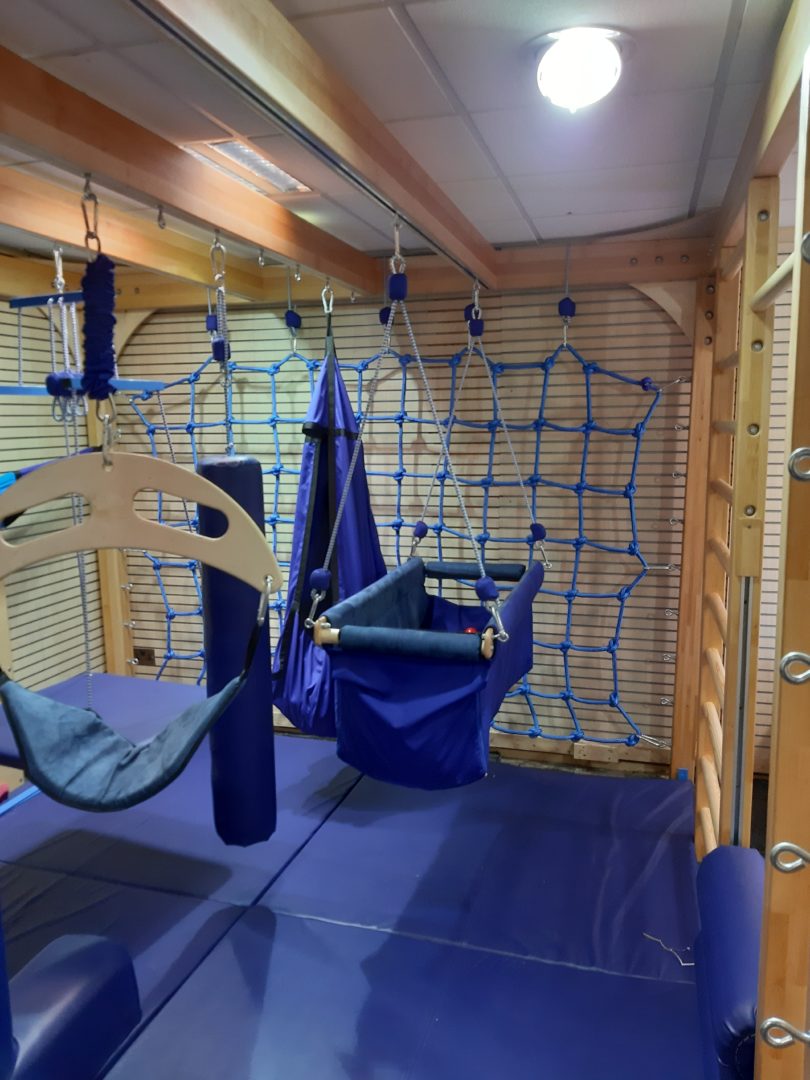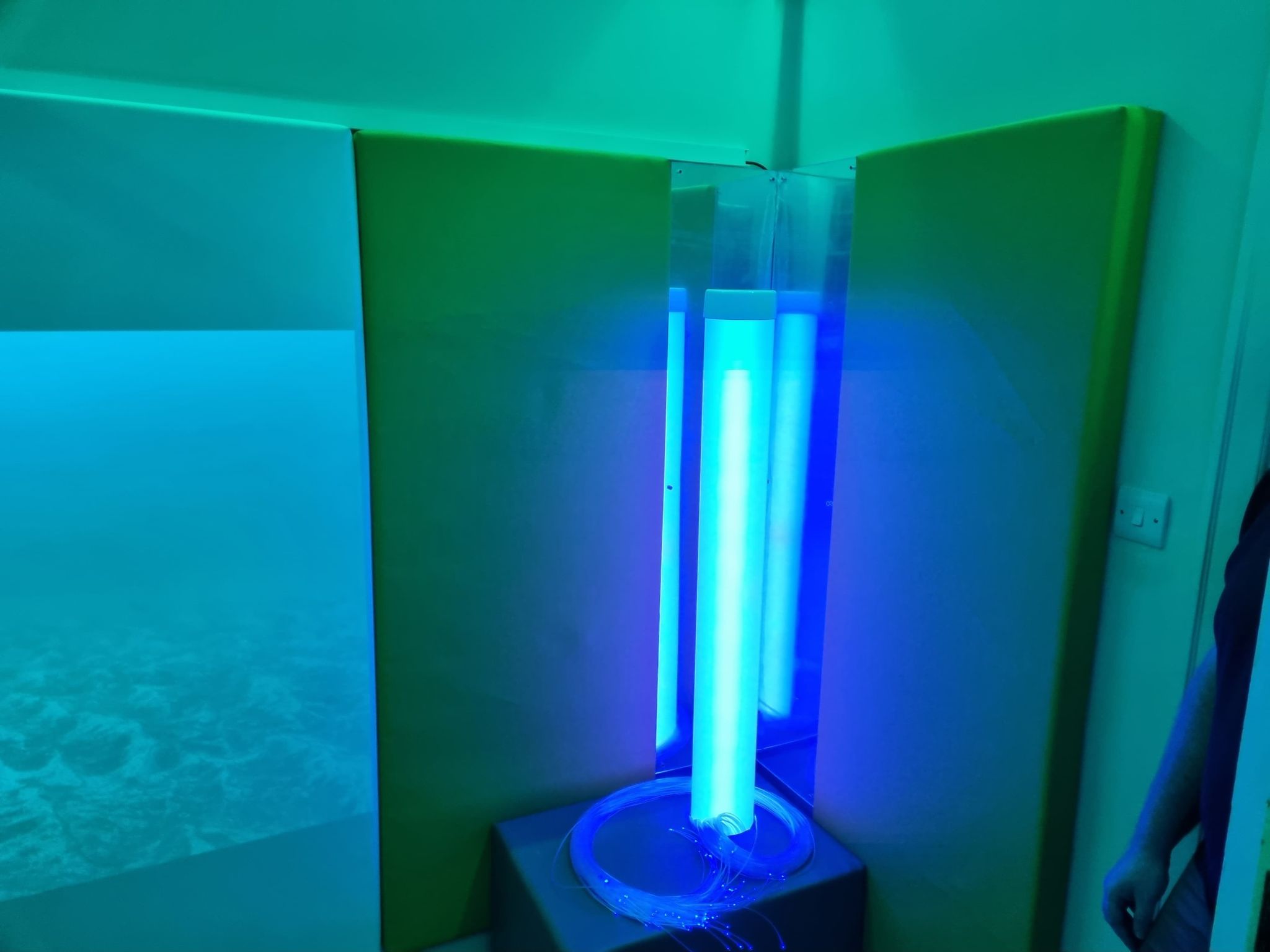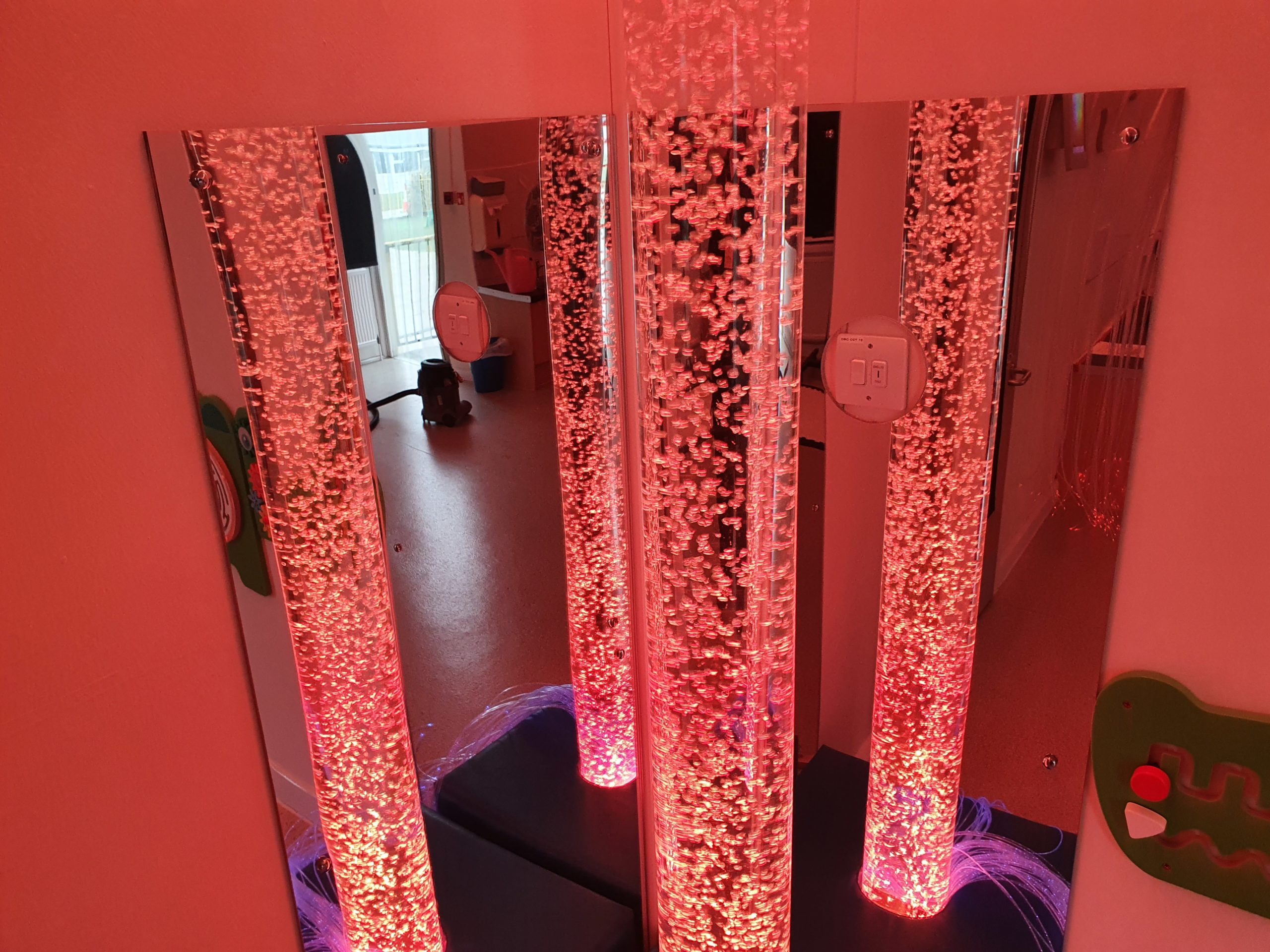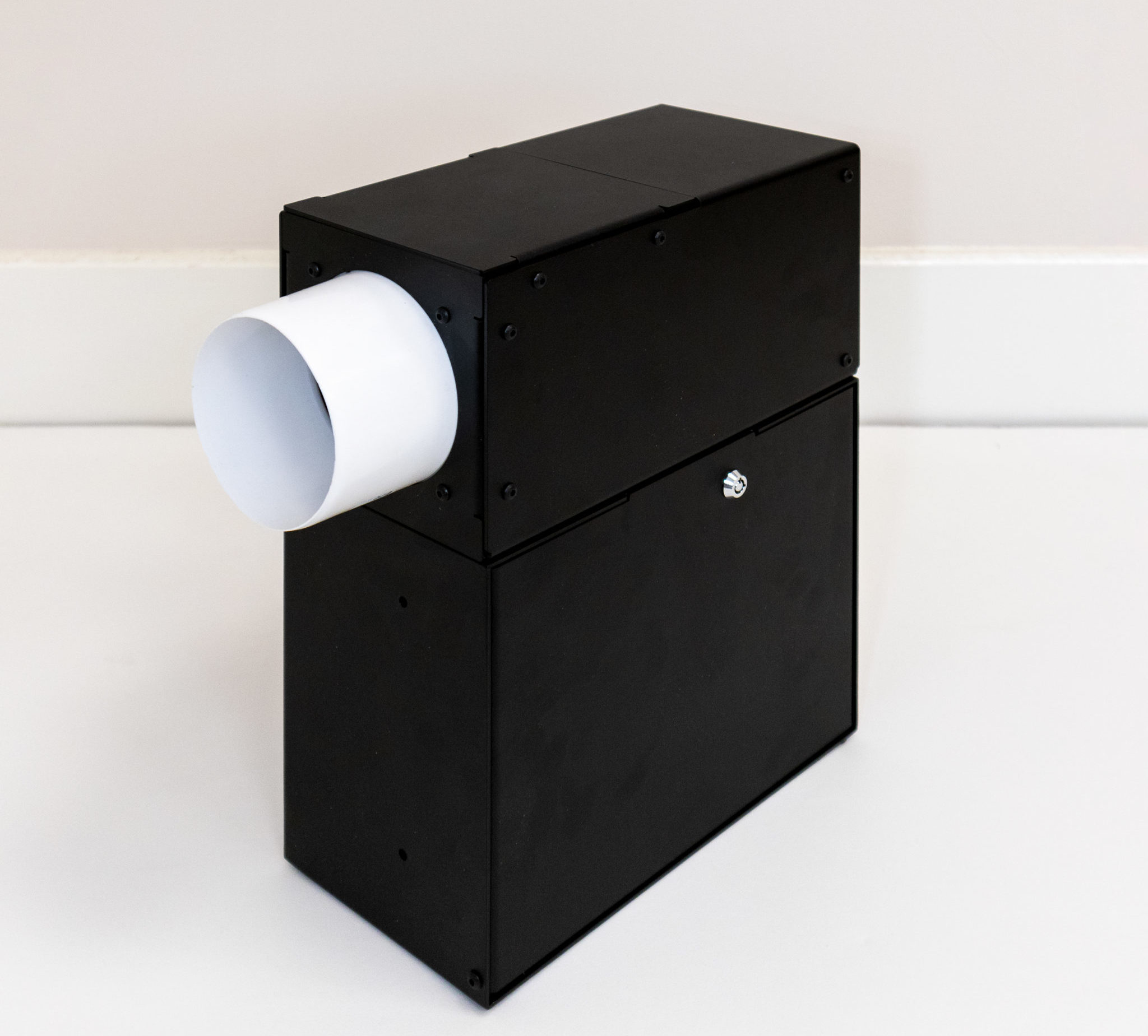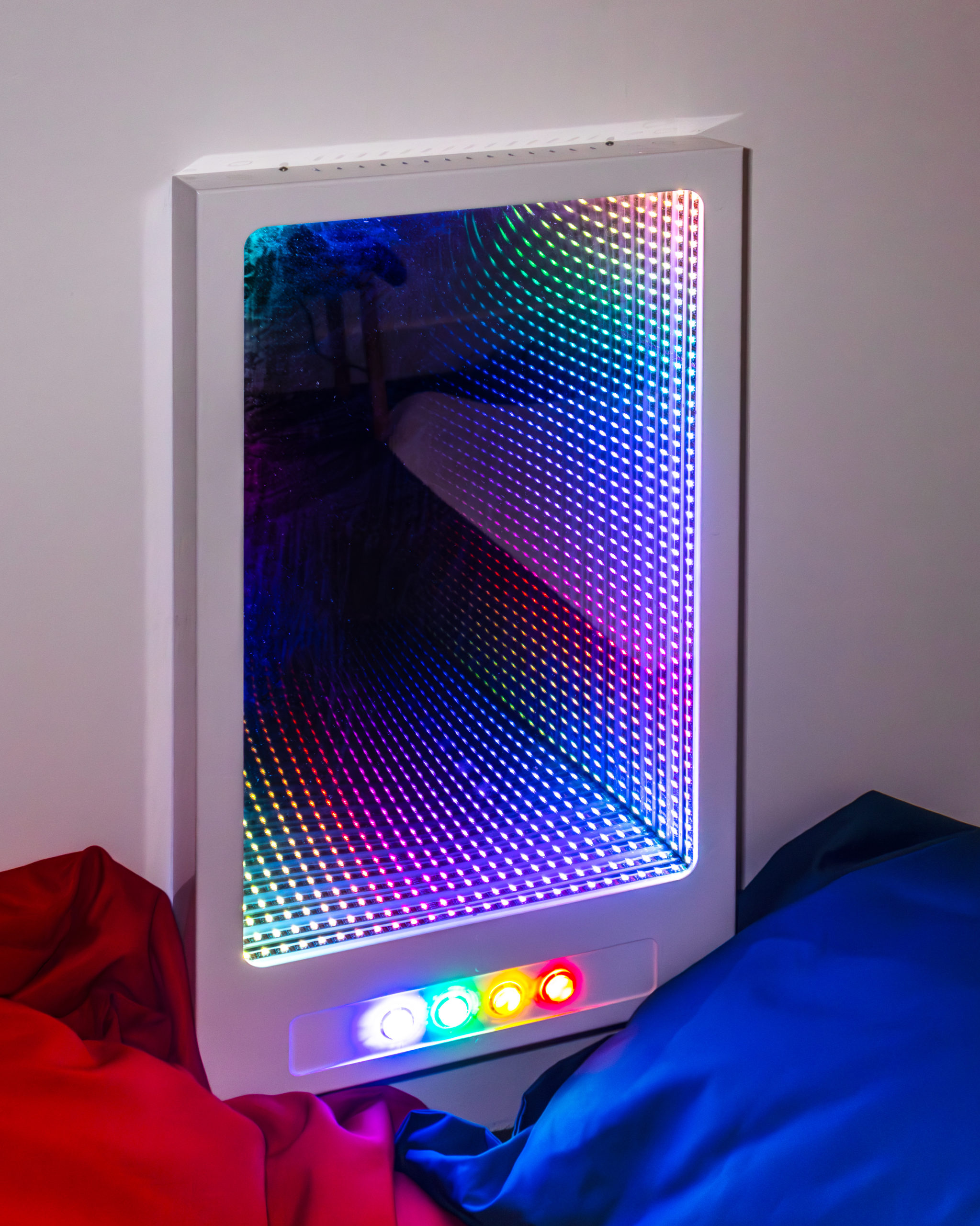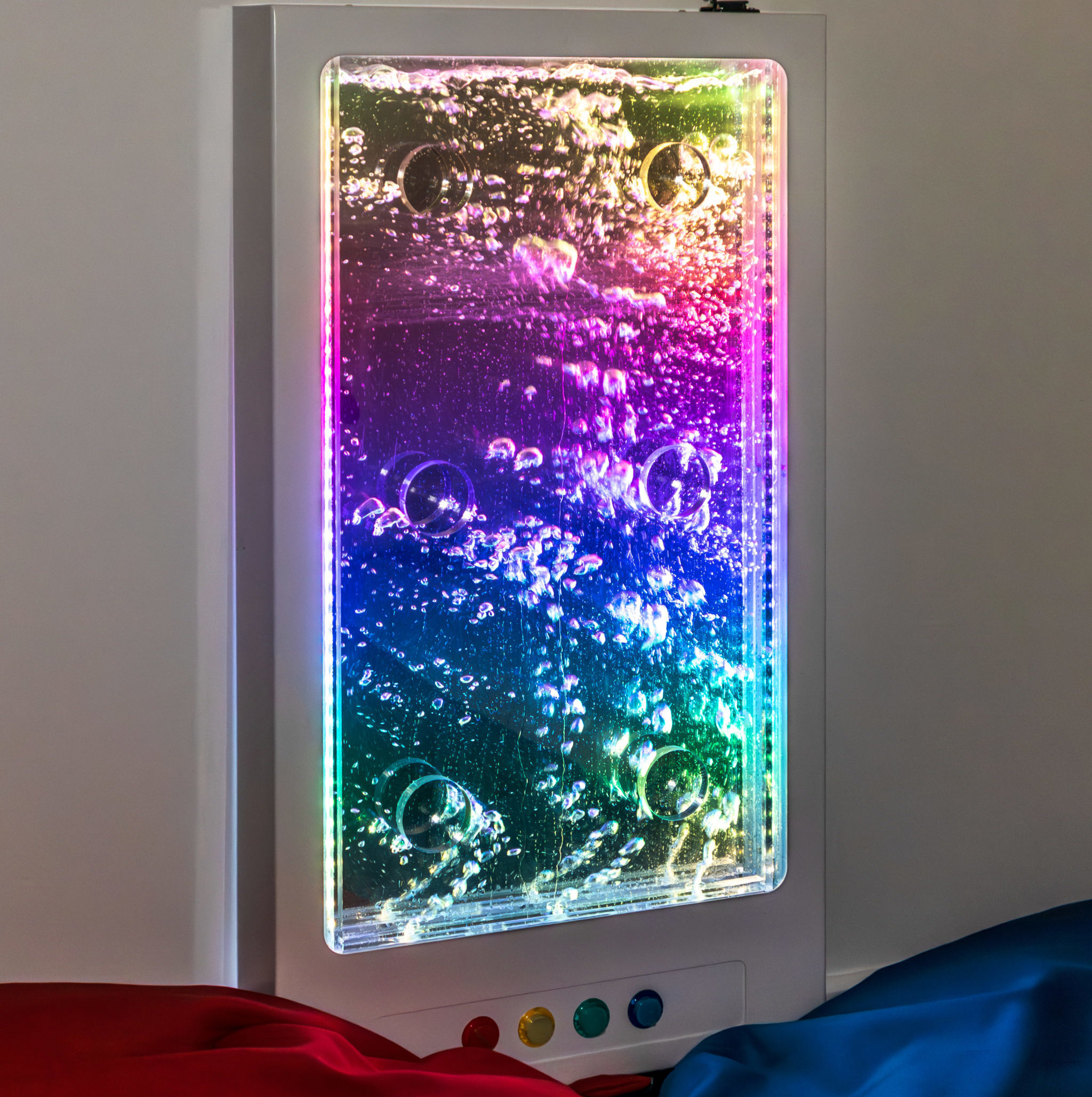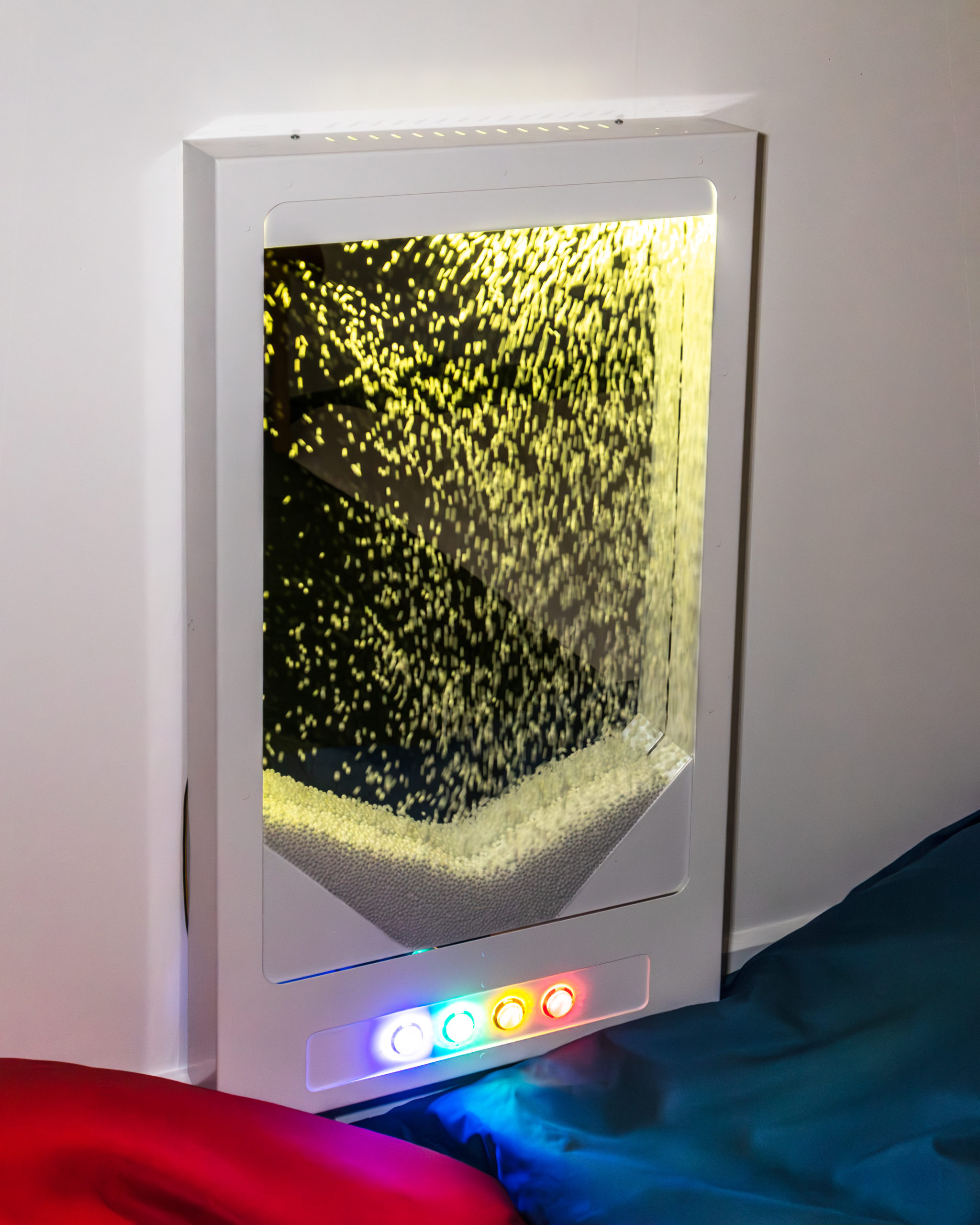The Transformative Power of Sensory Integration Rooms
In special education, meeting each student’s unique needs is paramount. One highly effective approach is installing sensory integration rooms. These rooms, designed to provide tailored sensory experiences, profoundly impact students with special needs. Here’s an in-depth look at the benefits and considerations of installing a sensory integration room in an educational setting.





